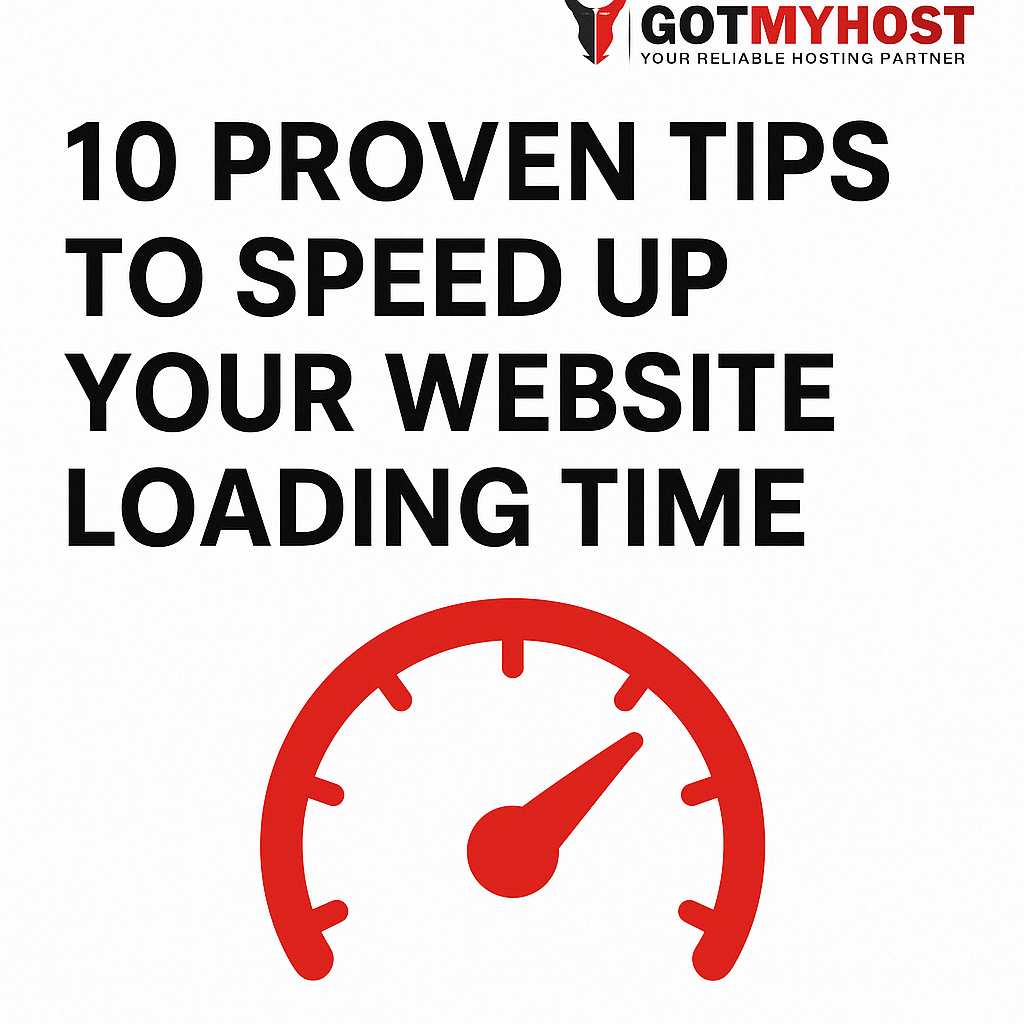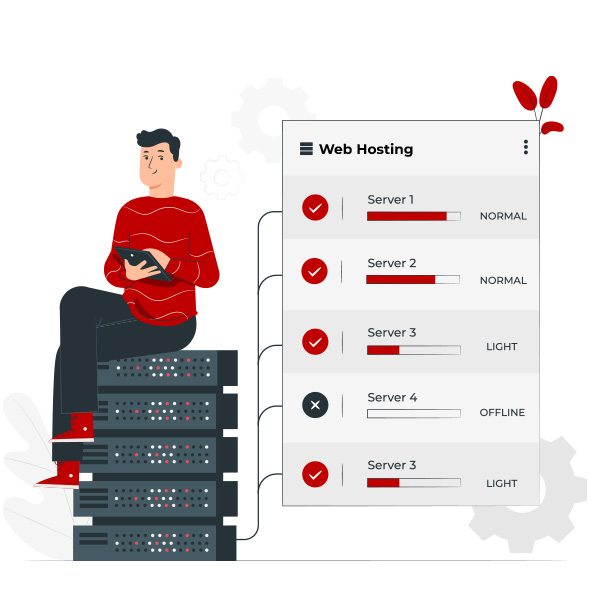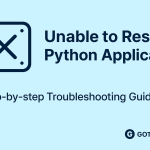In today’s fast-paced digital world, website loading speed isn’t just a nice-to-have — it’s a must-have. Slow websites not only frustrate users but also hurt your SEO rankings, leading to higher bounce rates and lower conversions. If you want to ensure your website delivers the best experience for visitors and ranks higher on search engines, optimizing its speed is key.

Here are 10 proven tips to boost your website’s loading time in 2025.
Table of Contents
1. Compress and Optimize Your Images
Images can take up a lot of bandwidth, slowing down your site. To improve speed, compress your images without sacrificing quality. Tools like TinyPNG or ImageOptim can significantly reduce the file size. Consider using the WebP format for high-quality, lightweight images that load faster.
2. Leverage Browser Caching
Caching stores your site’s static resources in a visitor’s browser, so the next time they visit, the page loads faster. Setting up proper browser caching ensures visitors don’t have to download the same resources every time they return to your site.
3. Reduce HTTP Requests
Each element on your website (images, scripts, CSS) requires an HTTP request. To speed things up, minimize the number of HTTP requests by simplifying your design, merging CSS and JavaScript files, and using image sprites for icons.
4. Enable GZIP Compression
GZIP compression reduces the size of your website’s files (HTML, CSS, JavaScript) by up to 70%. This means faster loading times and less data transferred. It’s easy to enable on most web servers and is a quick win for boosting speed.
5. Implement a Content Delivery Network (CDN)
A CDN (Content Delivery Network)stores copies of your website on multiple servers across the globe. When a visitor accesses your site, the CDN serves content from the server closest to them, drastically improving load times and reducing latency.
6. Minify and Combine CSS & JavaScript
Minifying CSS and JavaScript files reduces their size by removing unnecessary spaces, comments, and characters. Combine multiple files into one to reduce the number of requests, making your site load faster. Tools like UglifyJS and CSSNano can help automate this process.
7. Choose the Right Hosting Provider
Your hosting provider has a huge impact on website performance. Opt for a fast and reliable hosting service with good uptime and low latency. For growing websites, consider upgrading to VPS or dedicated hosting for better performance, as shared hosting may limit your speed.
8. Lazy Load Your Images and Videos
Lazy loading only loads images and videos when they are about to appear on the user’s screen, reducing initial load time and saving bandwidth. This is especially helpful for content-heavy pages and media-rich websites.
9. Optimize Server Response Time
Your server response time is crucial for fast loading. Choose a hosting provider with fast servers and minimal latency. The quicker your server responds, the faster your website will load.
10. Monitor Performance Regularly
Don’t just optimize your website and forget about it! Use tools like Google PageSpeed Insights, Pingdom, and GTMetrix to regularly monitor your website’s performance. These tools will help you identify areas for improvement and ensure your site is always running at its best.
Why Speed Matters More Than Ever
In 2025, site speed is more critical than ever. It impacts not only user experience but also your SEO rankings. Google considers page speed a ranking factor, so slow-loading websites will be penalized in search results, making it harder for potential customers to find you.
Gotmyhost offers top-tier hosting solutions with optimized performance and excellent uptime, ensuring that your website loads faster and stays reliable even as your traffic grows. Whether you’re just starting out or scaling your site, Gotmyhost provides the tools and support you need to keep your website speedy and efficient.
Want to keep your WordPress site secure? Check out our next blog, “How to Prevent Brute-Force Attacks on Your WordPress Site,” to learn effective strategies to protect your site from malicious threats and ensure its safety.








